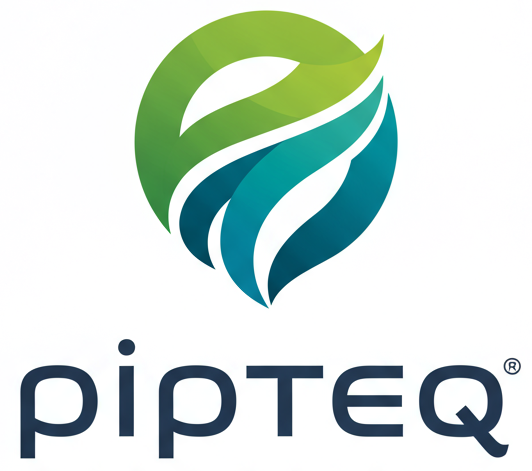🧬 TB-500: The Recovery & Regeneration Peptide for Muscles, Injuries & Inflammation
TB-500, a synthetic version of Thymosin Beta-4 (Tβ4), is one of the most respected peptides for healing and regeneration. Known for its tissue-repair, anti-inflammatory, and mobility-enhancing properties, TB-500 has gained popularity in sports medicine, biohacking, and injury recovery research.
If you’re studying ways to accelerate recovery, repair soft tissues, or support systemic healing, TB-500 is a key candidate in modern peptide science.
🔬 What Is TB-500?
TB-500 is a synthetic peptide that mimics the natural protein Thymosin Beta-4, which is found in high concentrations in wound sites and damaged tissue. It plays a vital role in:
- Cell migration
- Tissue regeneration
- Wound healing
- Anti-inflammatory signaling
While naturally occurring Thymosin Beta-4 is a 43-amino acid protein, TB-500 is a shorter, more stable version (Ac-SDKP sequence) designed for research and therapeutic applications.
✅ Research-Backed Benefits of TB-500
💪 Accelerates Muscle & Tissue Repair
Promotes angiogenesis (new blood vessel formation), myogenesis (muscle fiber growth), and collagen production — speeding up recovery from injury or intense training.
🛡️ Reduces Inflammation
Acts as a powerful anti-inflammatory modulator, especially in joints, ligaments, tendons, and muscles.
🧬 Supports Stem Cell Activity
Increases stem cell migration and differentiation, helping to repair tissue at the cellular level.
🧠 Neuroprotective Effects
Some studies suggest TB-500 may aid in brain repair and reduce neuroinflammation following injury.
🐎 Veterinary Success in Horses
TB-500 has long been used in racehorse medicine to treat ligament damage, joint injuries, and lameness — with great success.
🧪 How TB-500 Works
TB-500 enhances the expression of actin, a cellular building block required for cell movement and regeneration. This process:
- Accelerates angiogenesis (new blood vessels)
- Enhances cell migration into injured areas
- Promotes tissue remodeling and scar reduction
- Regulates inflammation through cytokine modulation
Its systemic effect allows TB-500 to travel through the body and target multiple injury sites simultaneously.
📦 Typical Research Use of TB-500
- Form: Lyophilized powder (2mg or 5mg vials)
- Reconstitution: With bacteriostatic water
- Typical Dose: 2.0–2.5mg, twice weekly (loading phase for 4–6 weeks), then once weekly or biweekly for maintenance
- Administration: Subcutaneous or intramuscular injection near the injury site
⚠️ Note: TB-500 is not FDA-approved. It is available for investigational research use only.
📚 Scientific References & Resources
- 🔗 PubMed – Thymosin Beta-4 and Wound Healing
- 🔗 NIH – Tβ4 in Cardiovascular and Neural Repair
- 🔗 Peptide Sciences – TB-500 Overview
- 🔗 SwissChems – TB-500 Peptide
- 🔗 SelfHacked – TB-500 Research Review
📊 TB-500 vs BPC-157: Which Peptide for Recovery?
| Peptide | Action Type | Best For |
|---|---|---|
| TB-500 | Systemic recovery | Full-body tissue repair, inflammation |
| BPC-157 | Localized healing | Gut, tendon, ligament, stomach lining |
| GHK-Cu | Skin, hair, and wound healing | Topical regeneration, beauty |
| IGF-1 LR3 | Muscle growth & repair | Strength training, hypertrophy |
Many researchers use TB-500 and BPC-157 together for synergistic healing protocols.
🛒 Where to Buy TB-500 (Research Grade)
- 🔗 Peptide Sciences – TB-500 5mg
- 🔗 SwissChems – High Purity TB-500
- 🔗 PureRawz – TB-500 5mg
- 🔗 Pipteq™ – UK Peptide Supply & Recovery Research Tools (Coming Soon)
🚀 Conclusion: Is TB-500 the Ultimate Recovery Peptide?
TB-500 is one of the most promising peptides in modern science for healing, recovery, and inflammation control. Its systemic action, broad tissue impact, and ability to support repair at the cellular level make it a must-have in research related to:
- Injury recovery
- Post-surgical repair
- Chronic inflammation
- Athletic performance
When combined with BPC-157, CJC-1295, or GHK-Cu, TB-500 forms a powerful healing stack for advanced wellness and longevity protocols.

